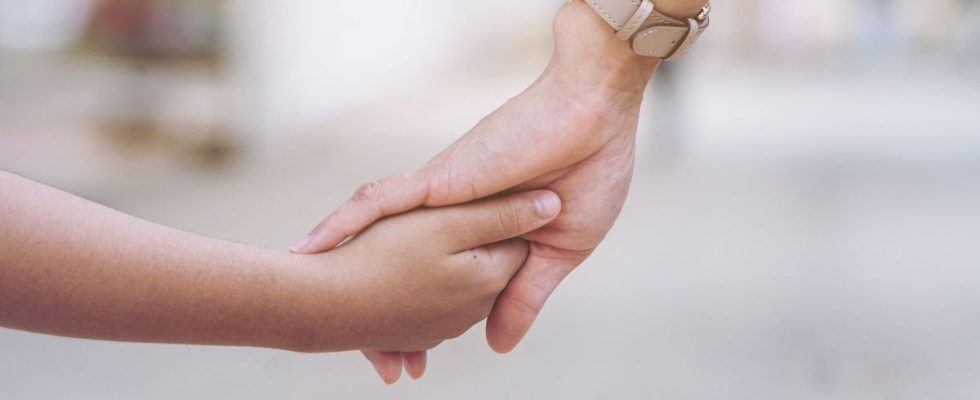Published on
Updated
Reading 3 min.
in collaboration with
Ivan Pourmir (medical oncologist)
To ensure that her two-year-old son survives treatment for a rare disease called Langerhans cell histiocytosis, a mother did not hesitate to donate part of her liver. A gift that allowed them to overcome the disease together.
It’s a story that no parent wants to experience, even if it has a happy ending here. According to information from Daily Mail, a 42-year-old mother did not hesitate to donate a large part of her liver for her son, weakened by a rare disease, Langerhans cell histiocytosis. Without this gift, George, a toddler, would not have survived.
A rare diagnosis at the age of two
The medical story of George, a two-year-old English boy, begins when his mother Catherine Baker notices that the eczema present since birth on his scalp is getting worse. George is also very pale, tired, suffers from stomach aches and no longer has the same joy of living.
His doctor recommends several blood tests and the verdict is in: George suffers from Langerhans cell histiocytosis (LCH), a rare disease which causes excessive growth of white blood cells leading to lesions and which has unfortunately spread to his bones, his liver and spleen. The child underwent a year of chemotherapy, seemed out of the woods, but ultimately relapsed.
Doctors explained to the parents that George would need five more cycles of more aggressive chemotherapy before they could do anything else – but his liver had been so badly damaged by the disease that he was unlikely to resist additional treatment required. “Doctors said there were no other options available for him and he might not survive.” says the mother faced with this heartbreaking dilemma.
A liver transplant as a last survival option
Determined to find a way to save George, Catherine hears about an alternative method of treating LCH from Dr Ashish Kumar, an oncologist at Cincinnati Children’s Hospital in the US. “He immediately stopped George’s chemotherapy and put him on an inhibitor – a daily medication that stops the mutation causing his LCH”explained Catherine.
The treatment worked, but back in England, nothing went well: George developed portal hypertension, had severe jaundice and had an abnormally swollen abdomen. In December 2021, doctors announced the need for a liver transplant.
Catherine quickly becomes the only compatible option: a quarter of Catherine’s liver is removed and given to George during his 13-hour transplant in April 2022 – during which his own damaged and diseased liver was completely removed. After four weeks, George became an athletic and accomplished little boy. He celebrated his 7th birthday on October 17 with his parents.
Langerhans cell histiocytosis, a disease that we are still learning to combat
But what illness did little George suffer from? Is it cancer? Dr Ivan Pourmir, researcher in oncologist and immunology, tells us a little more.
“Langerhans cell histiocytosis is a very rare disease that affects immune cells, the myeloid categories to be precise. What it really is is still debated currently: we are still not really sure whether these abnormal cells come from a chronic inflammatory process, or from cancerization. What we know is that it is a mutation of stem cells which will settle in different places and cause significant inflammation, and various symptoms.
Langerhans cell histiocytosis is not leukemia. It evolves in a less explosive, slower way. It can also take several different forms depending on where these cells are located and the chronic inflammation it generates.
“Sometimes it attaches to a single place on the body, like a part of the skeleton, which it will destroy. In other patients, Langerhans cell histiocytosis is systemic: the cells travel to many different places and give symptoms depending on where they are found: on the skin, it gives skin lesions; on the lung, it deteriorates it…”
A promising treatment avenue
Due to its strangeness and the debate around its subject, the treatment today hesitates between that of a disordered inflammatory process or a cancer. The approach is therefore between the two: “We offer anti-inflammatory or immunosuppressive treatments, but also more traditional chemotherapy treatments used in hematology. Often we combine all of this“.
But a new lead emerges, which can save other children like George: “As we have recently identified the mutations which could be carried by the cells in question at the origin of cancerization, the new response is to provide pharmacological inhibitors of these mutated proteins” concludes our expert.
